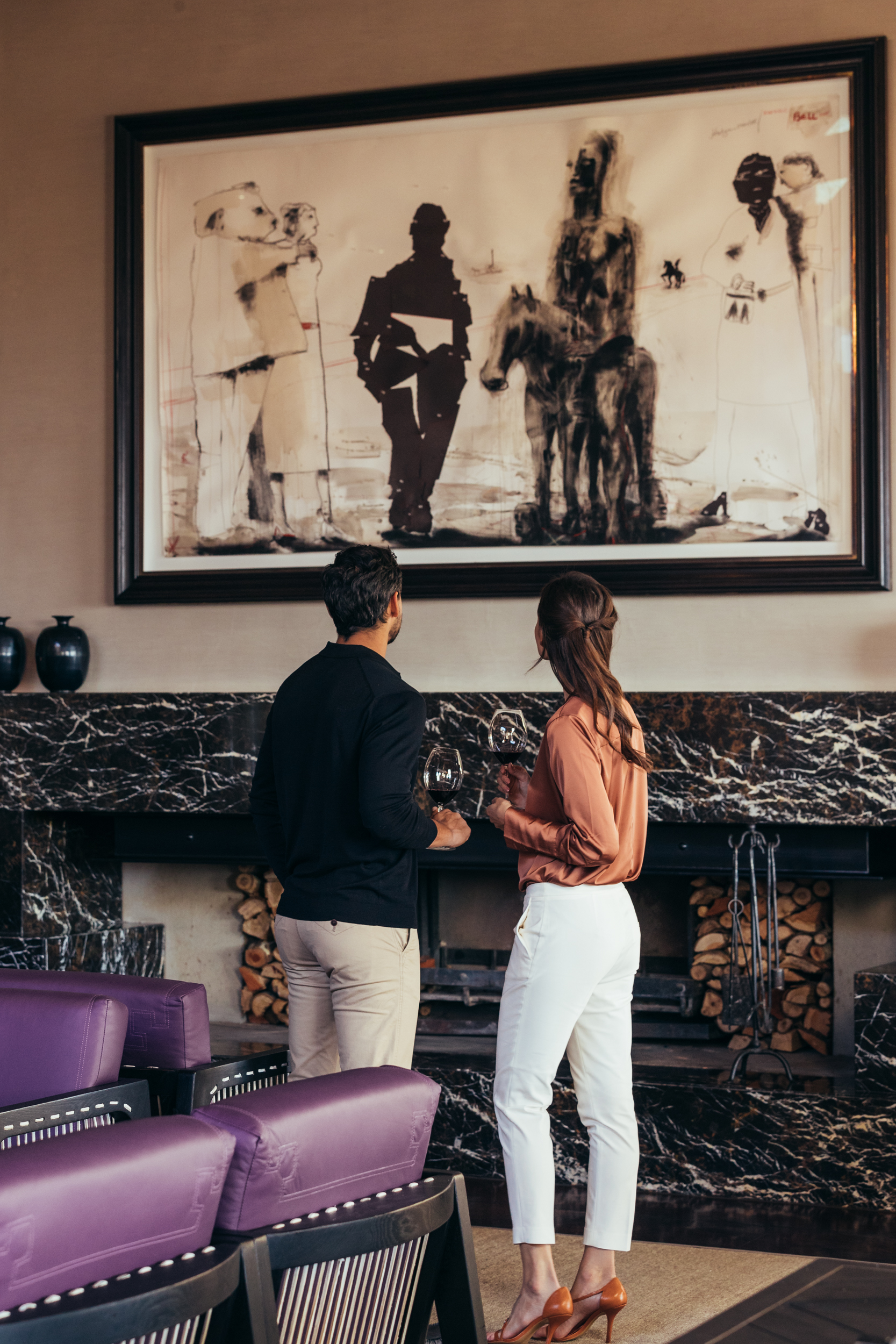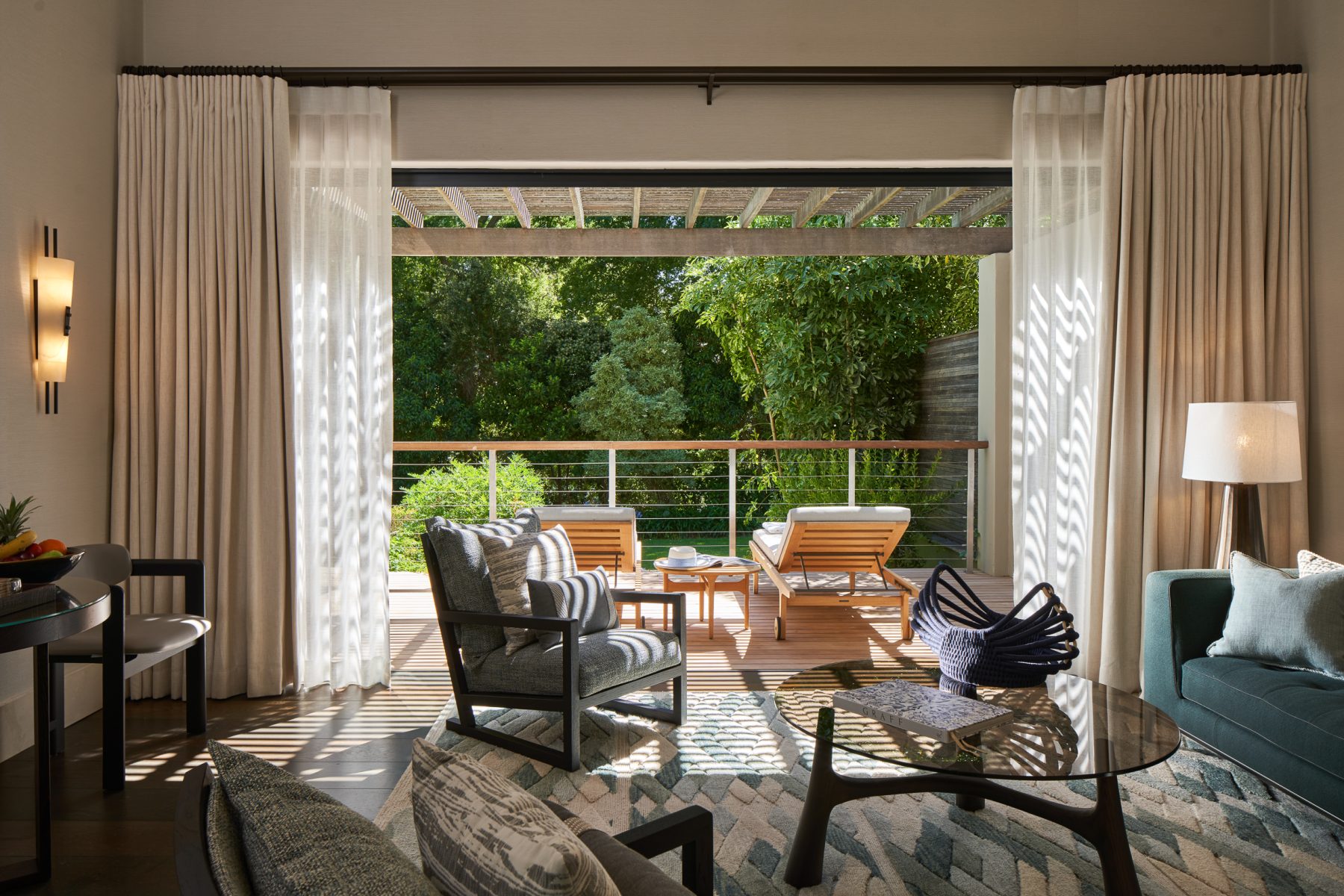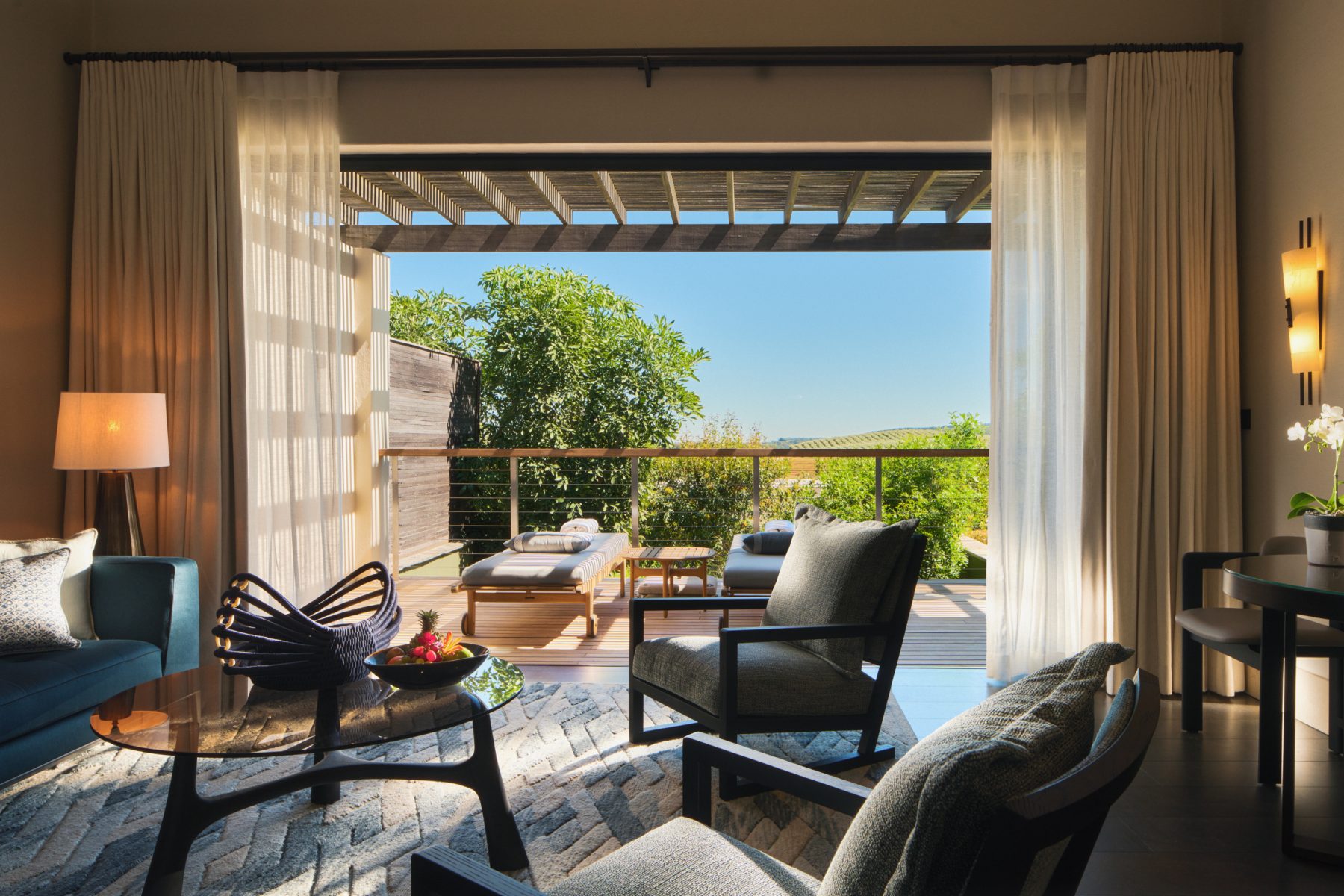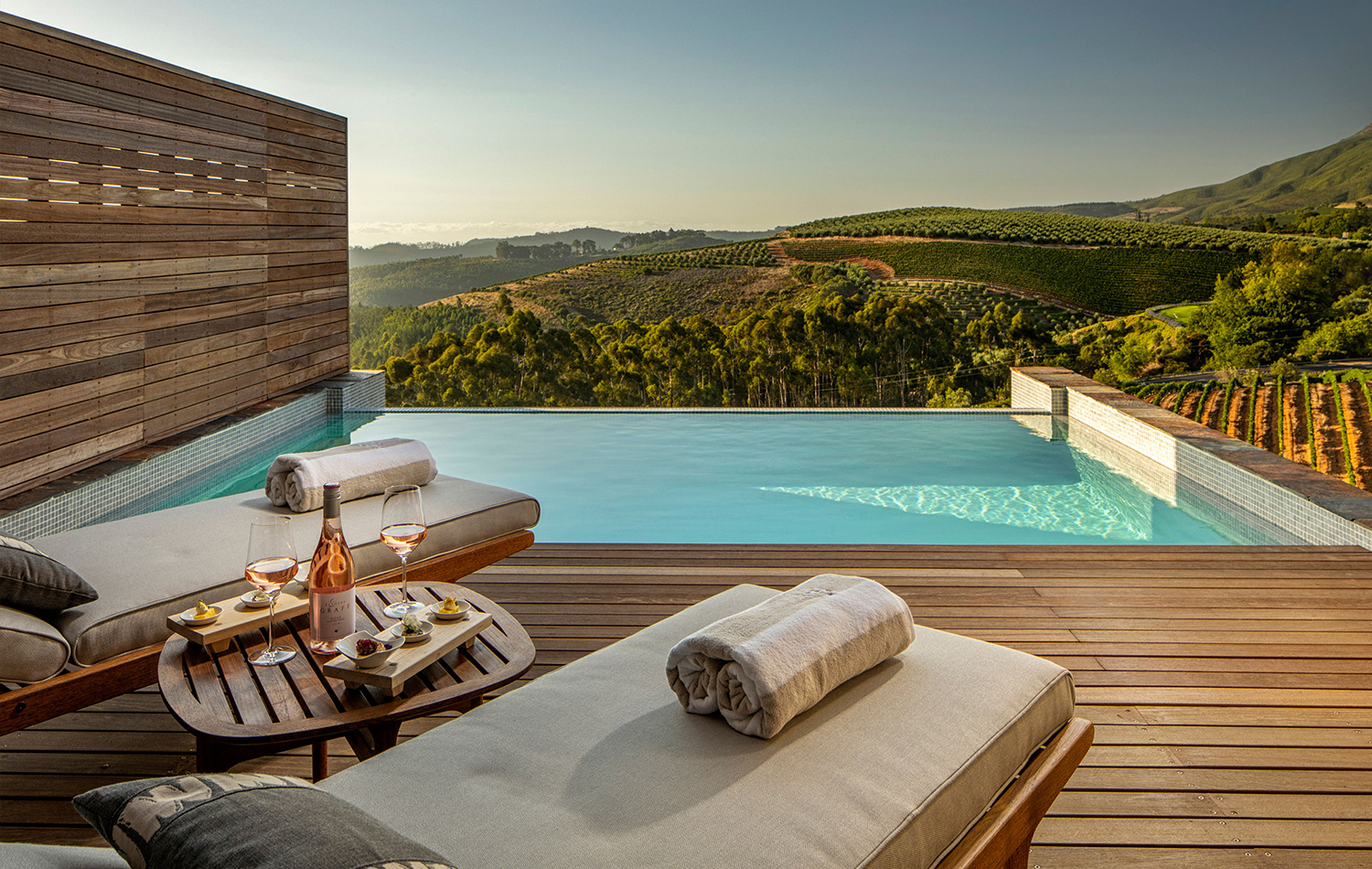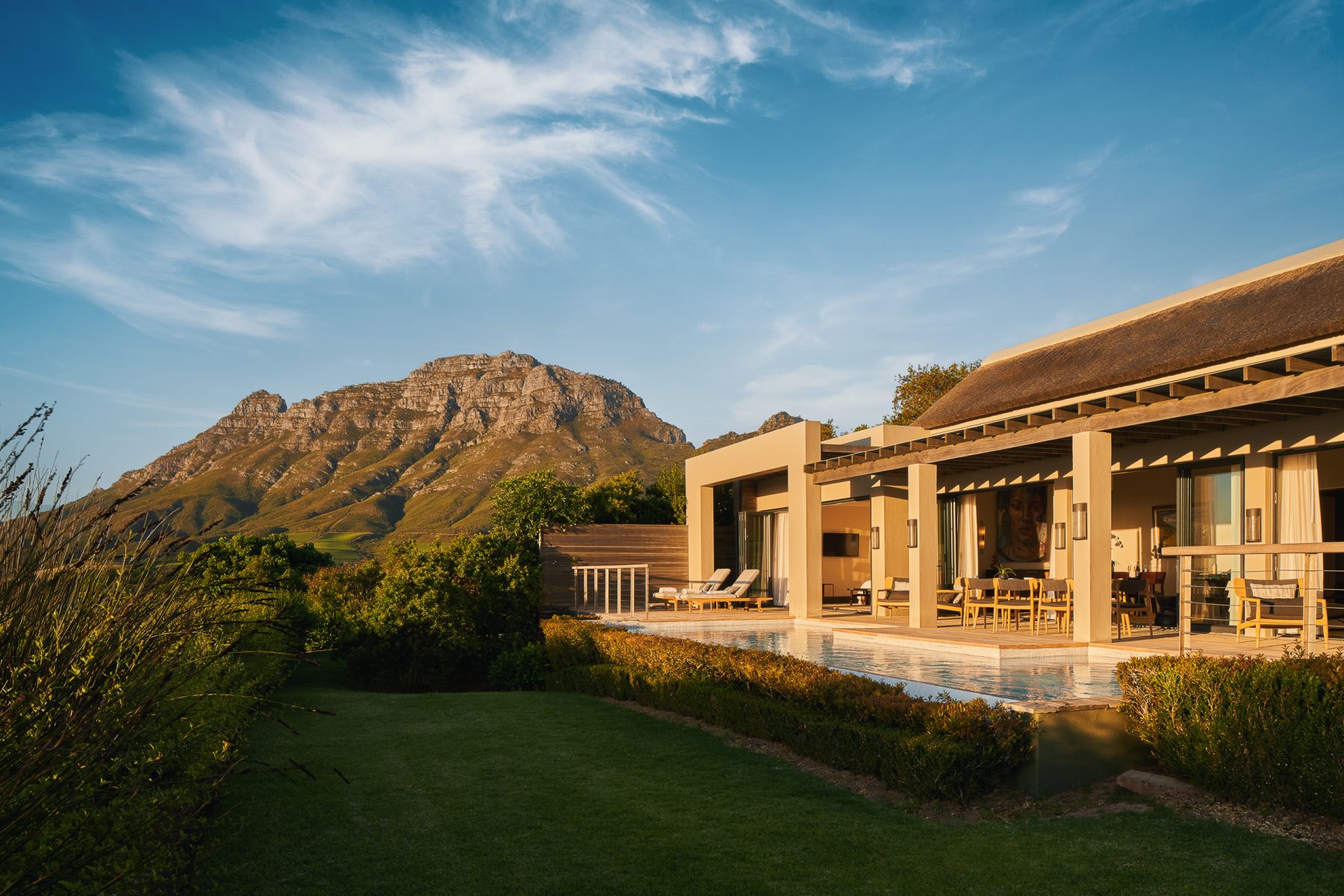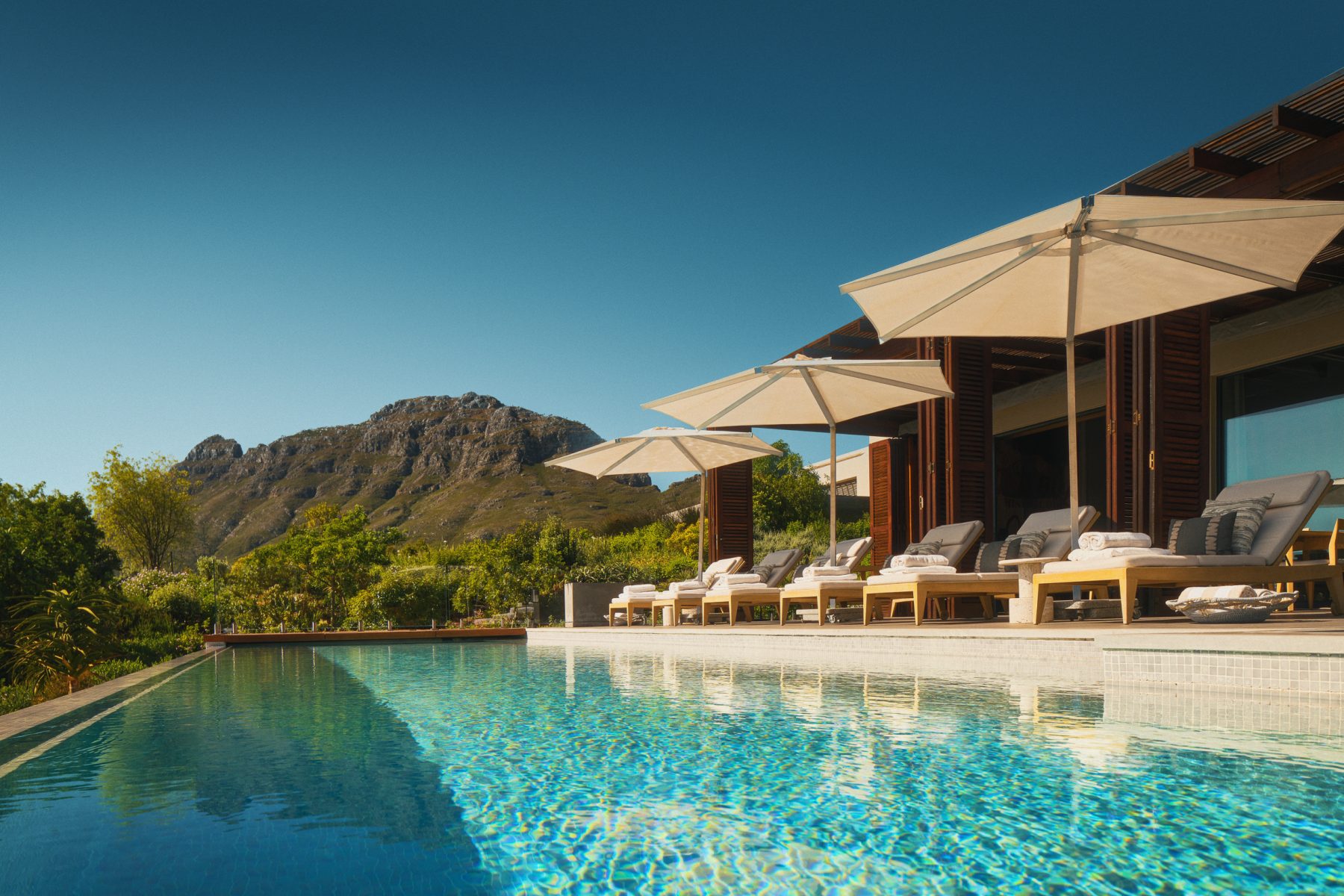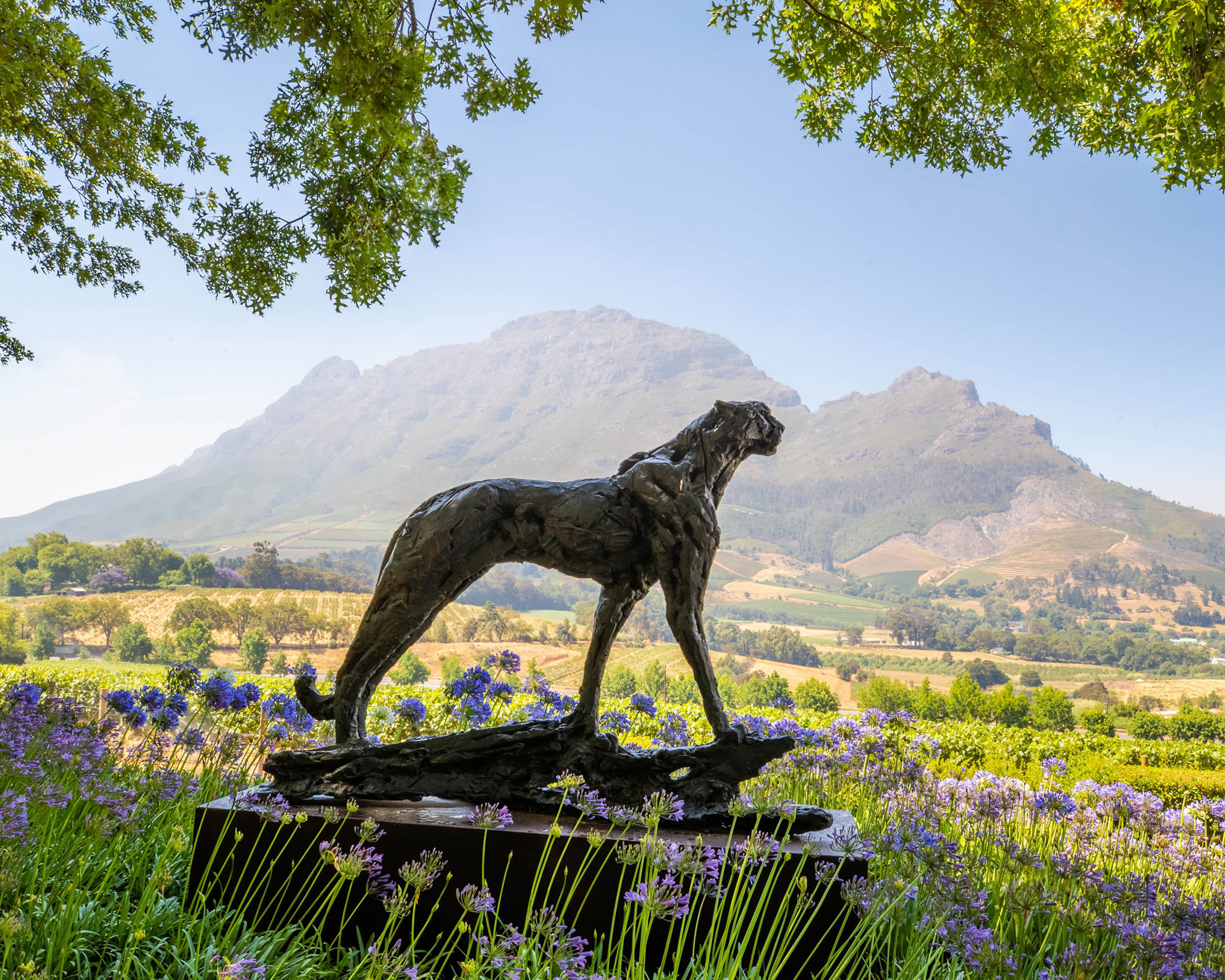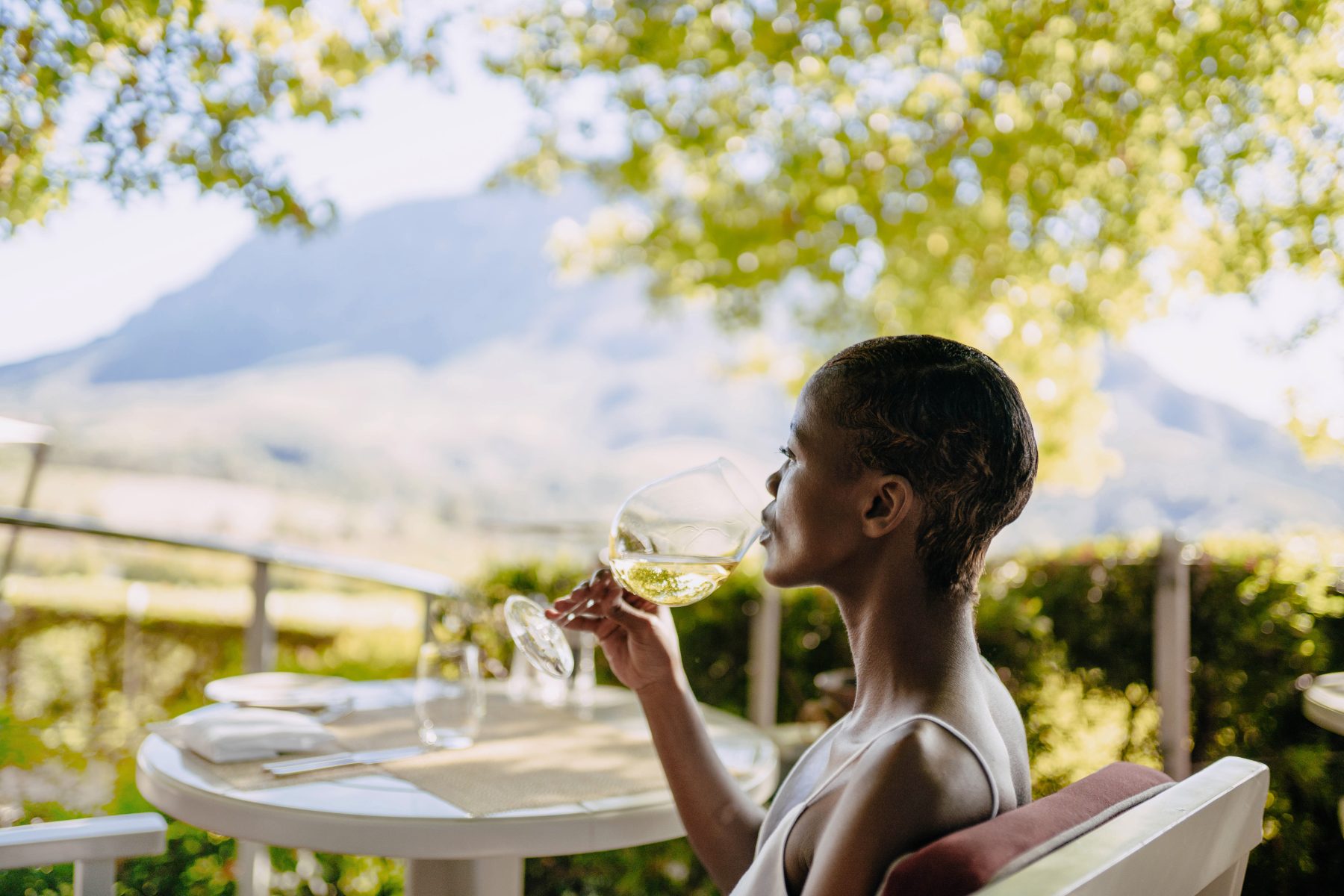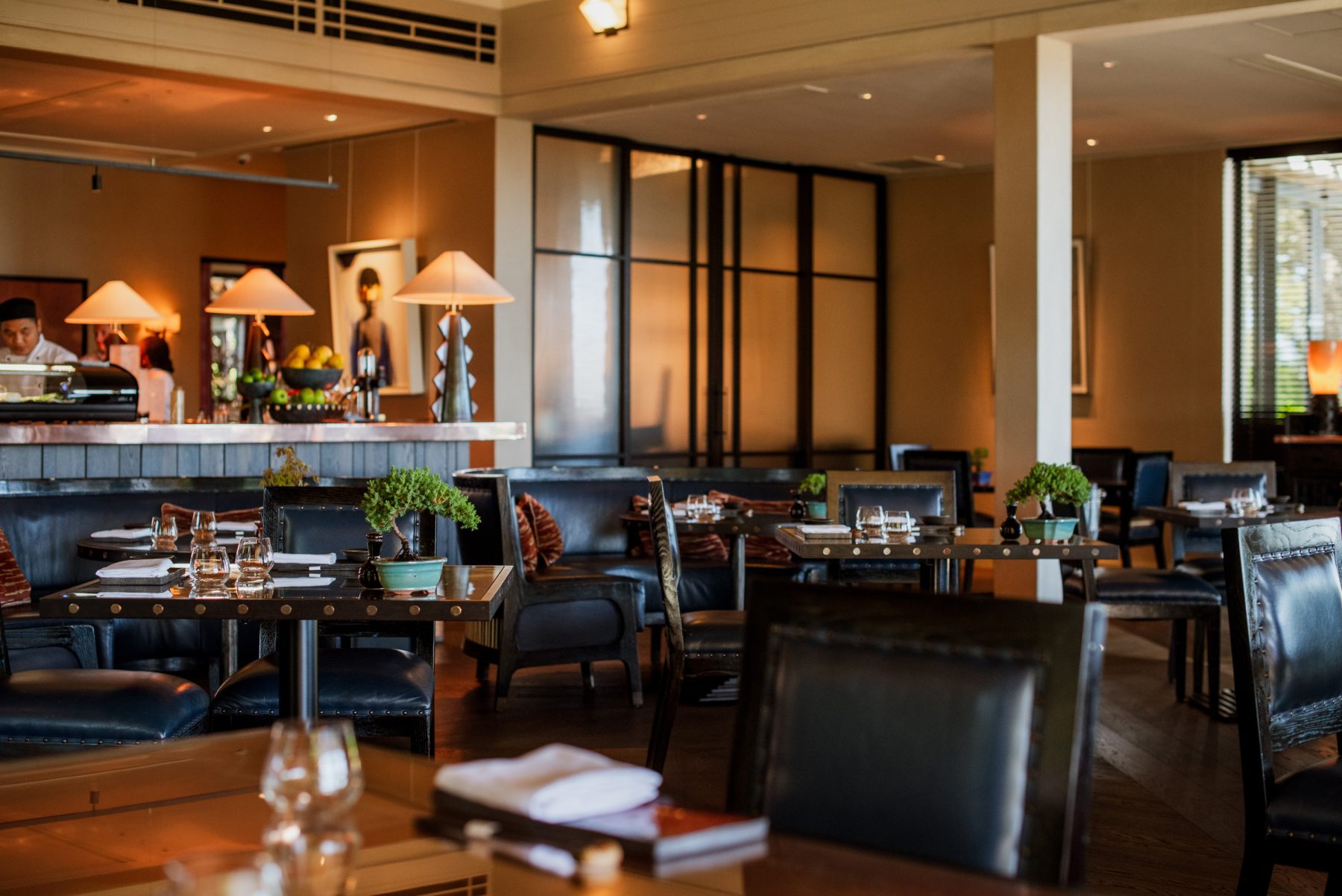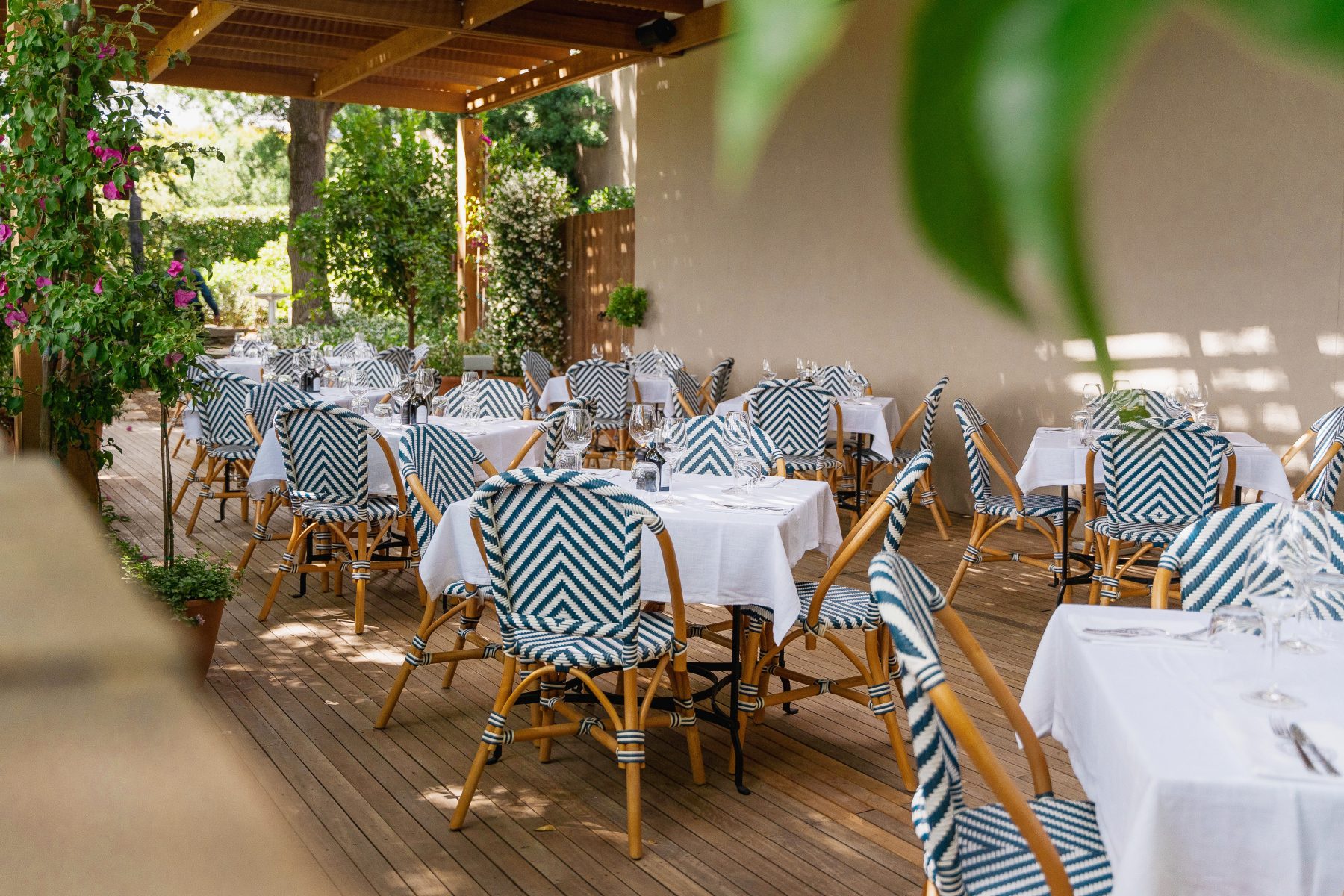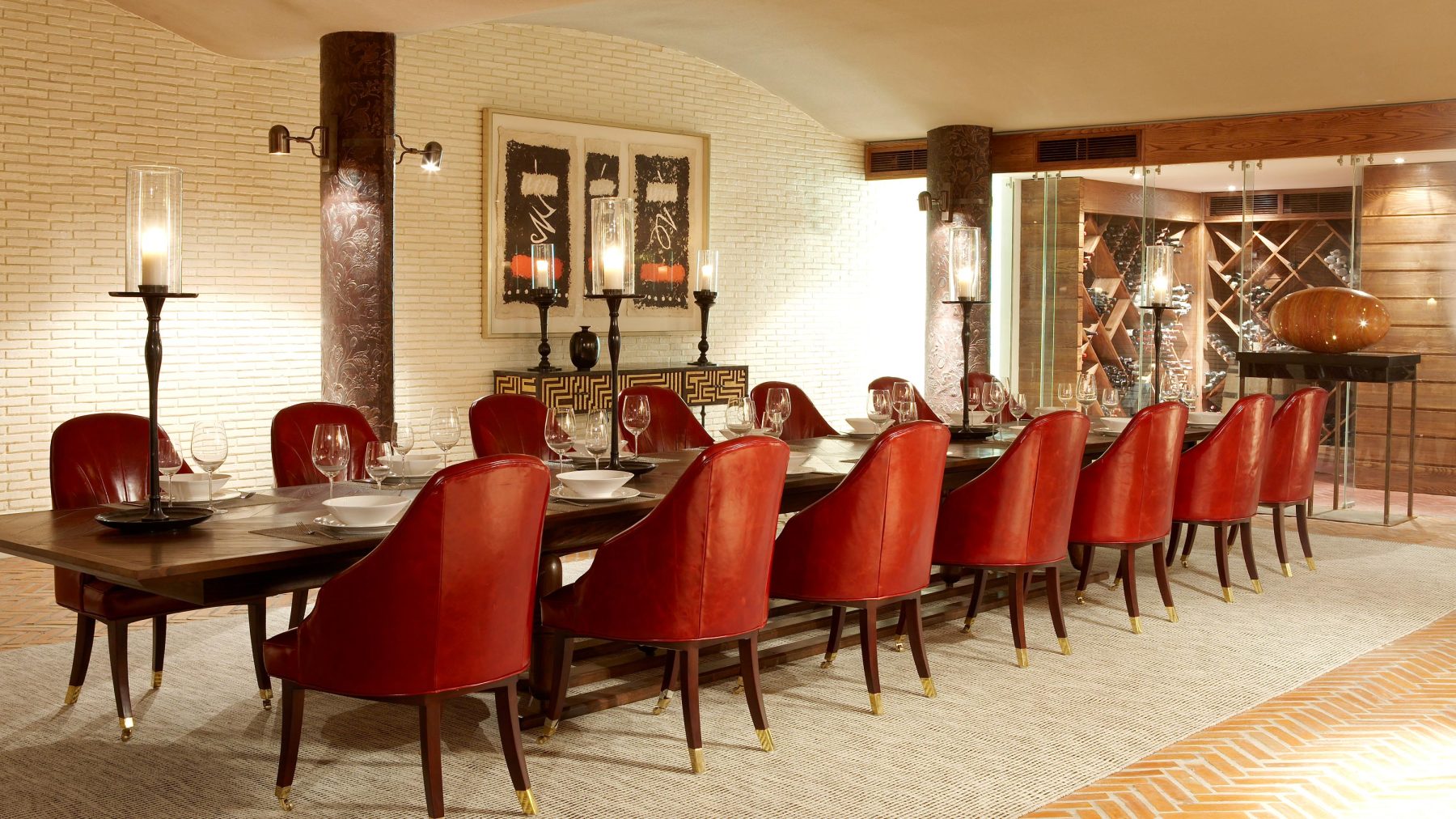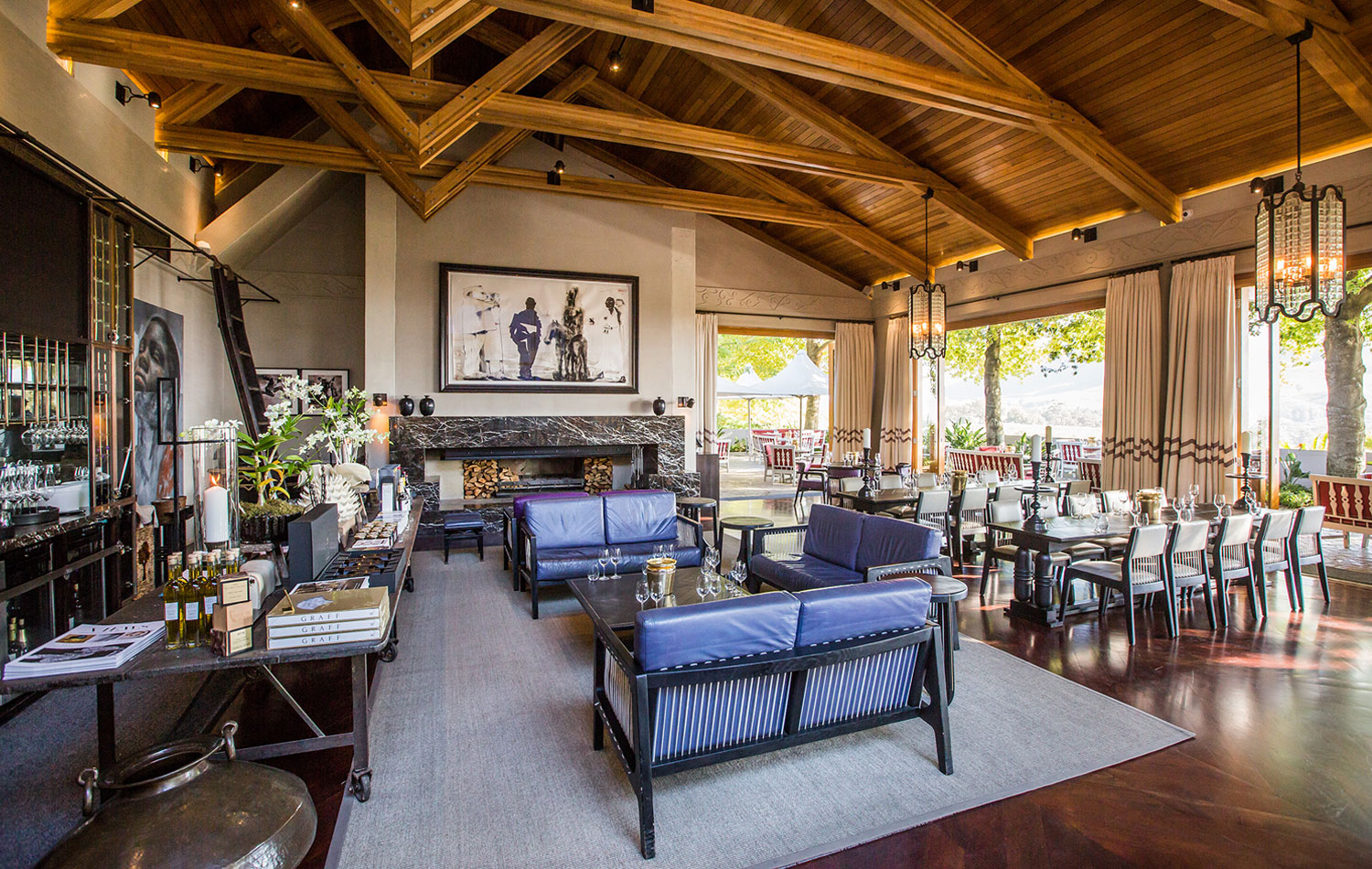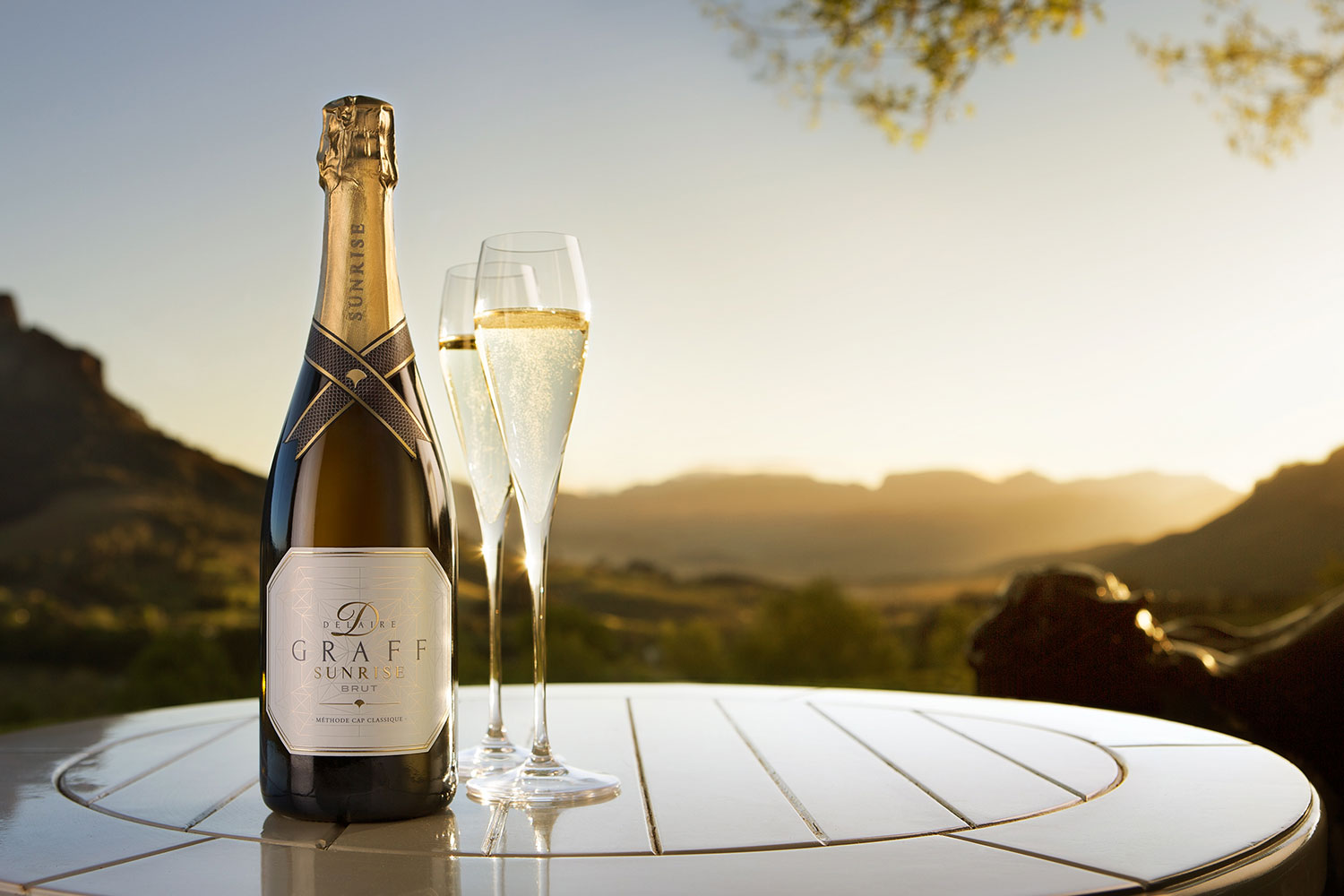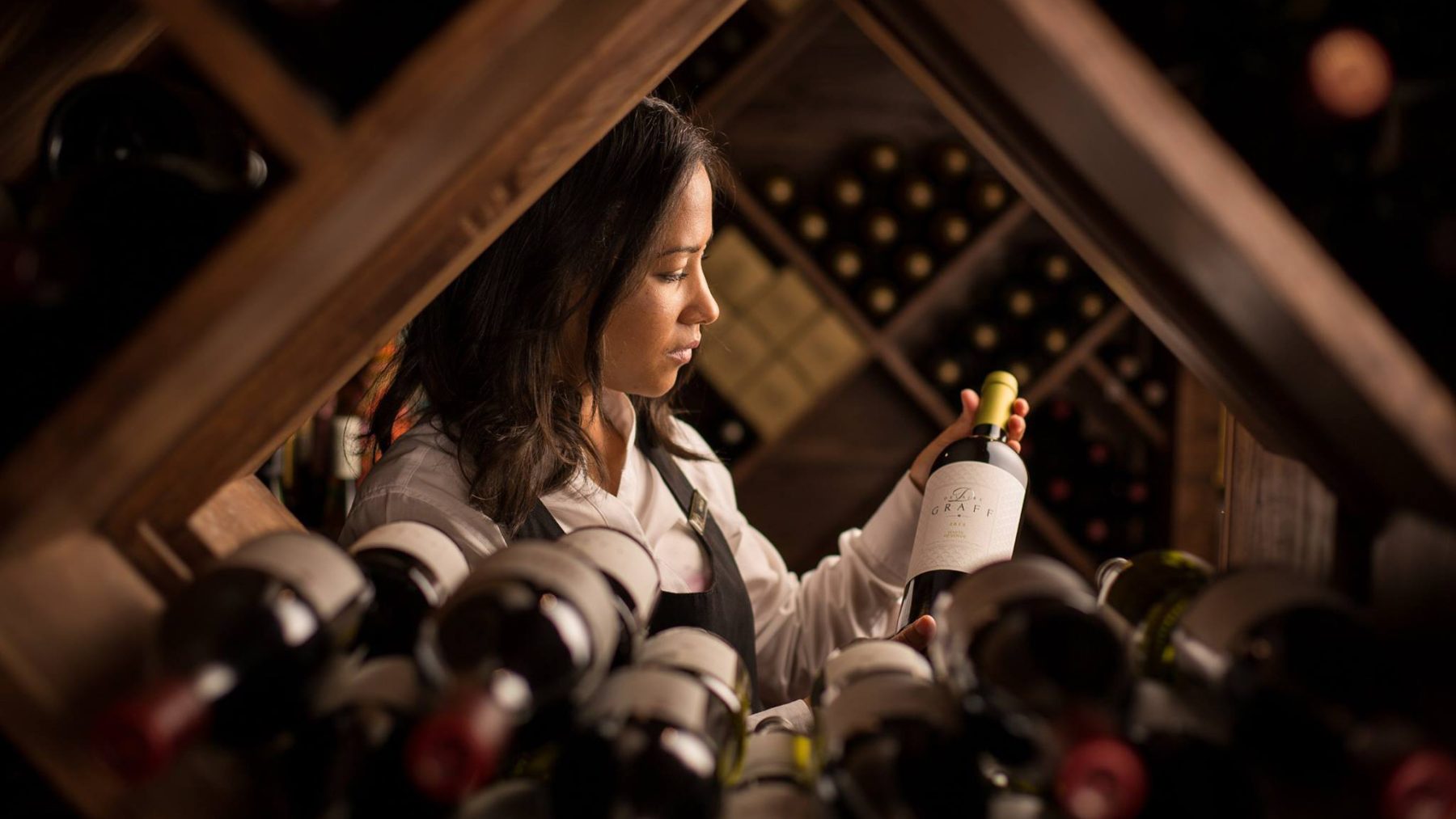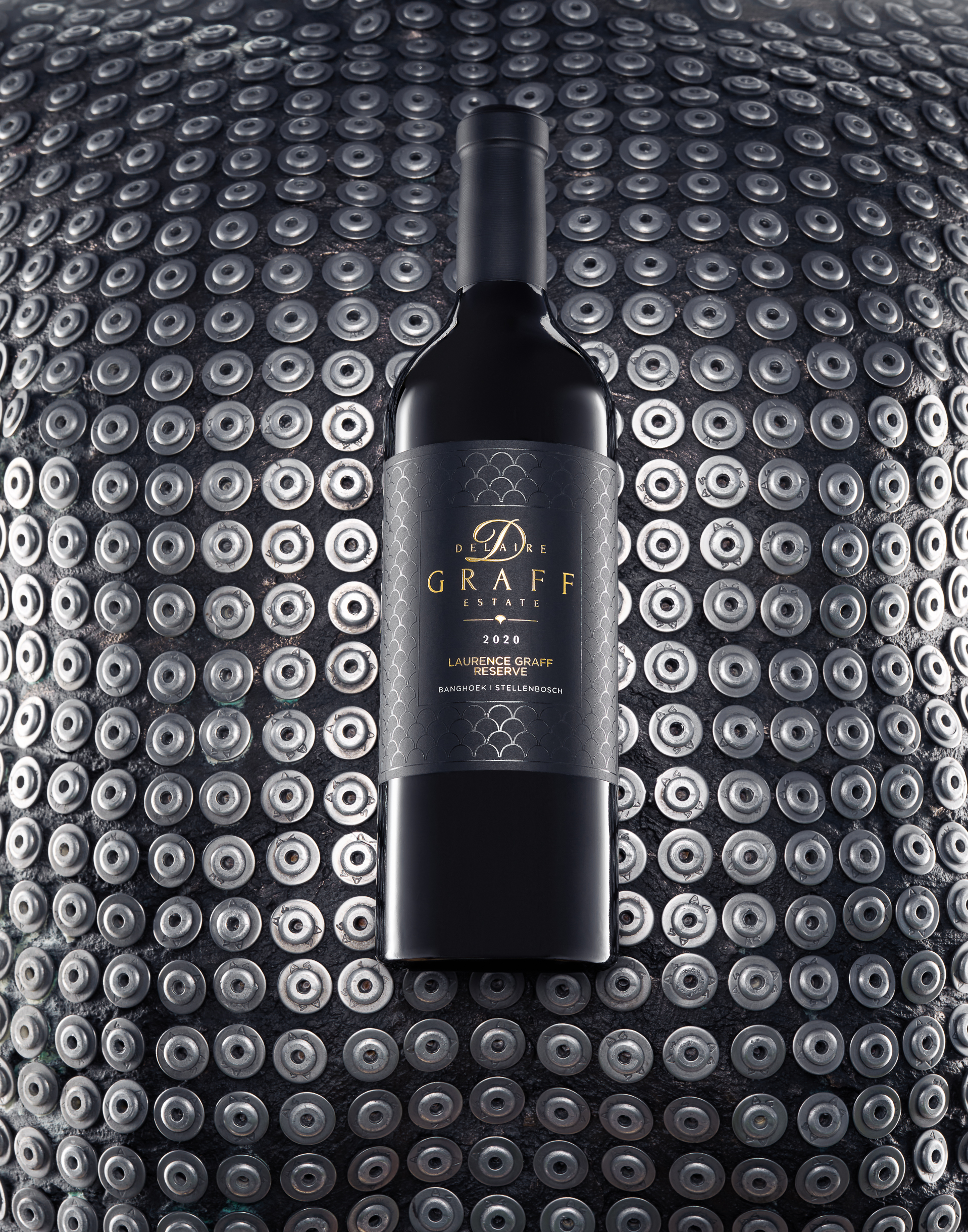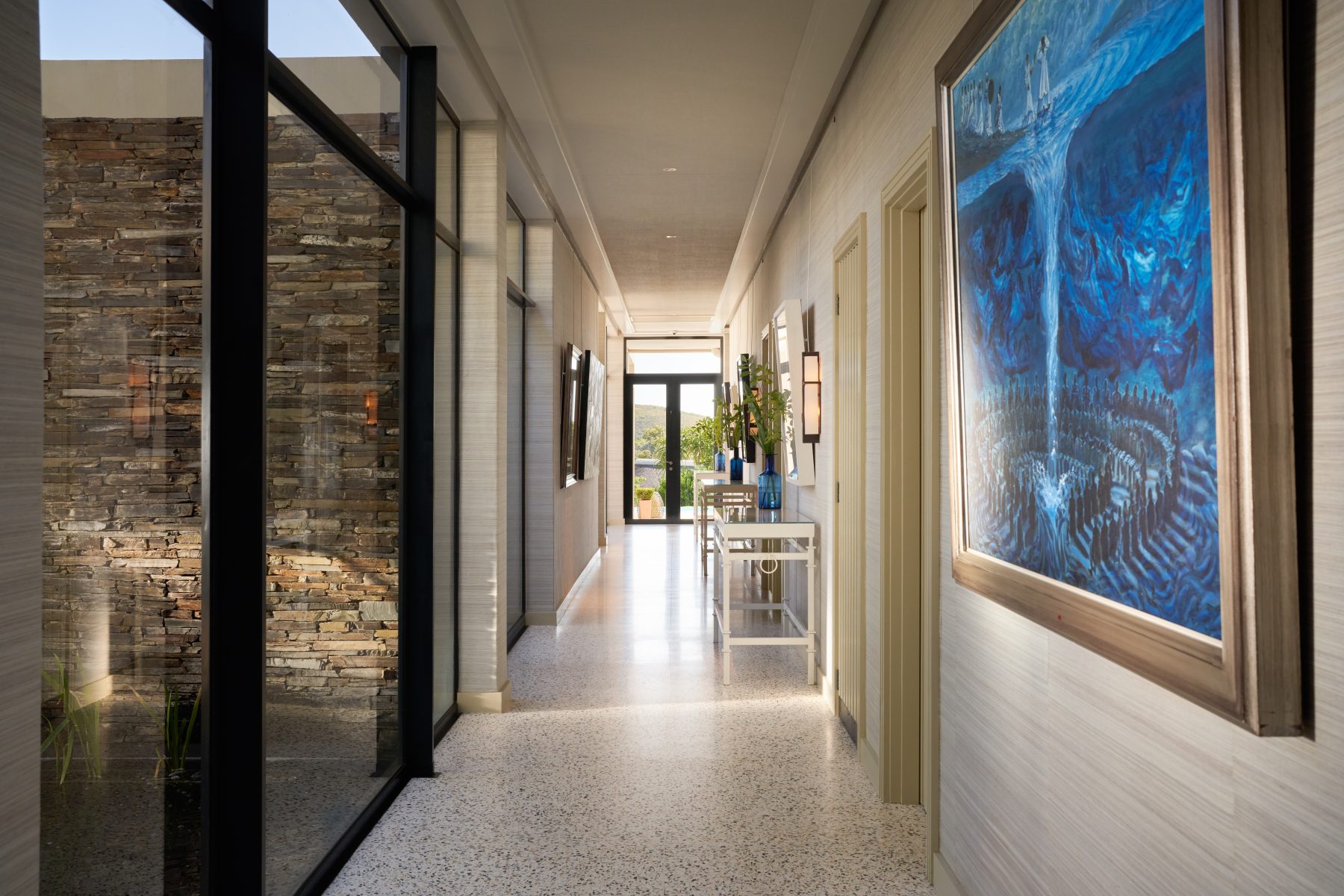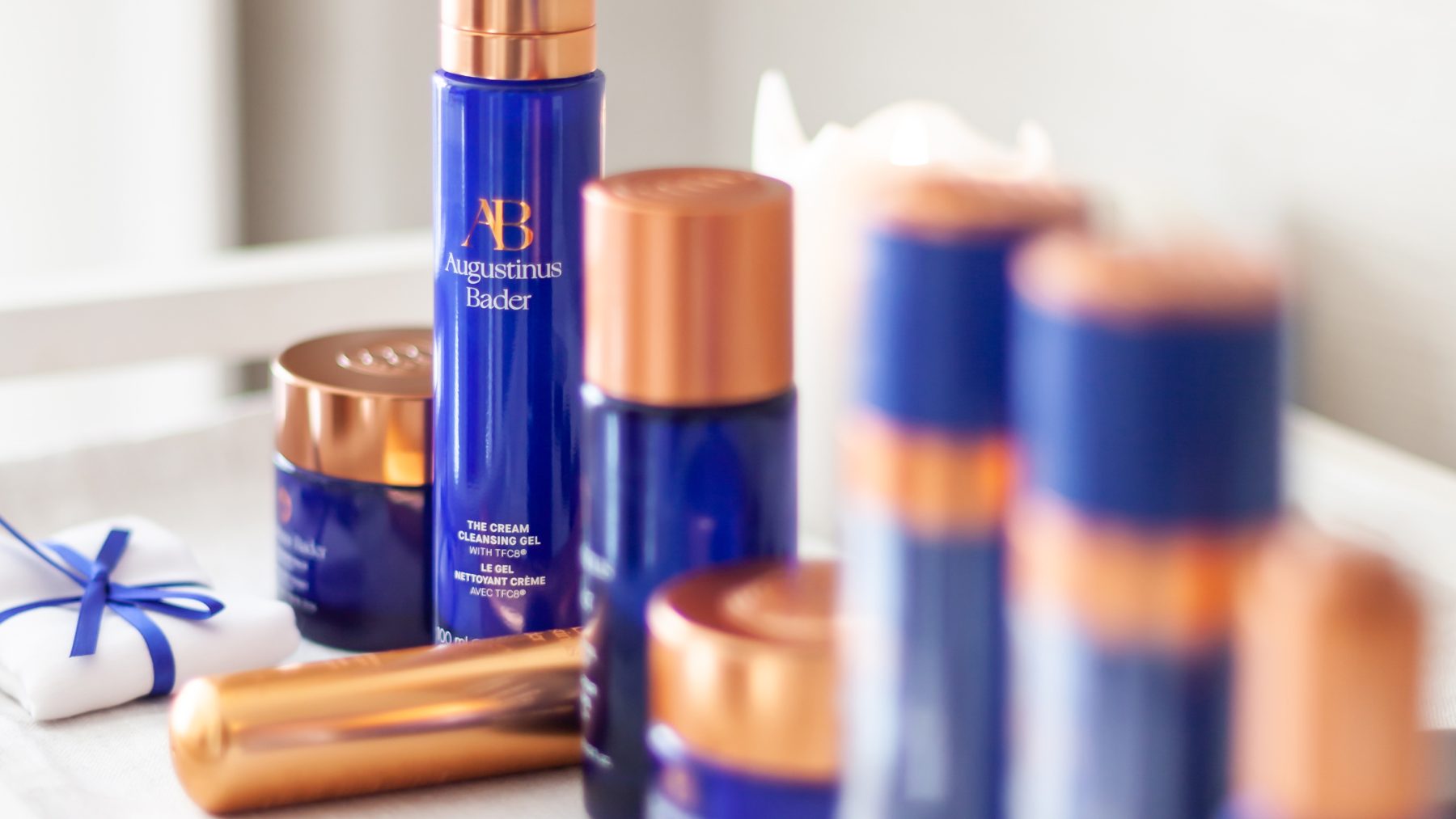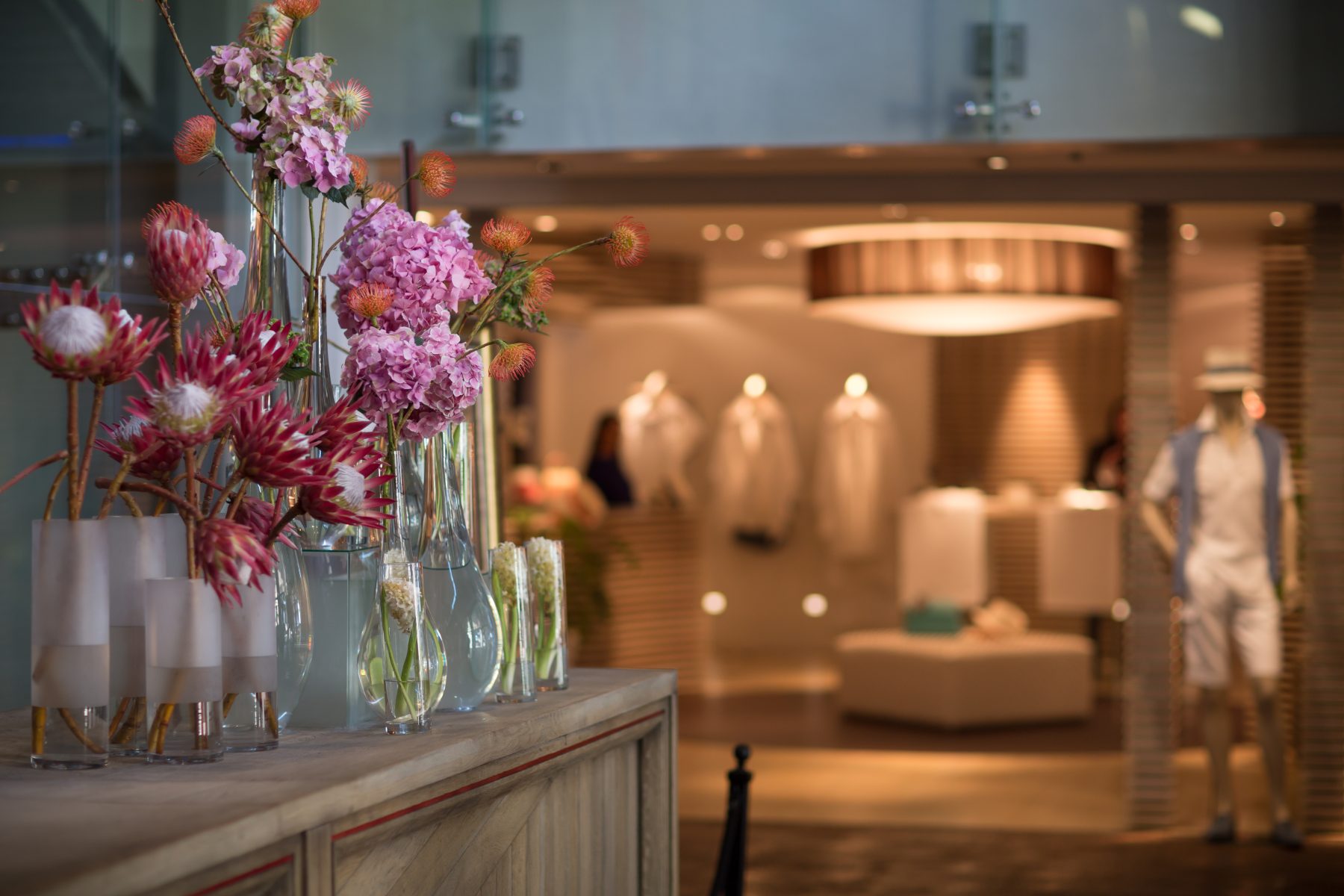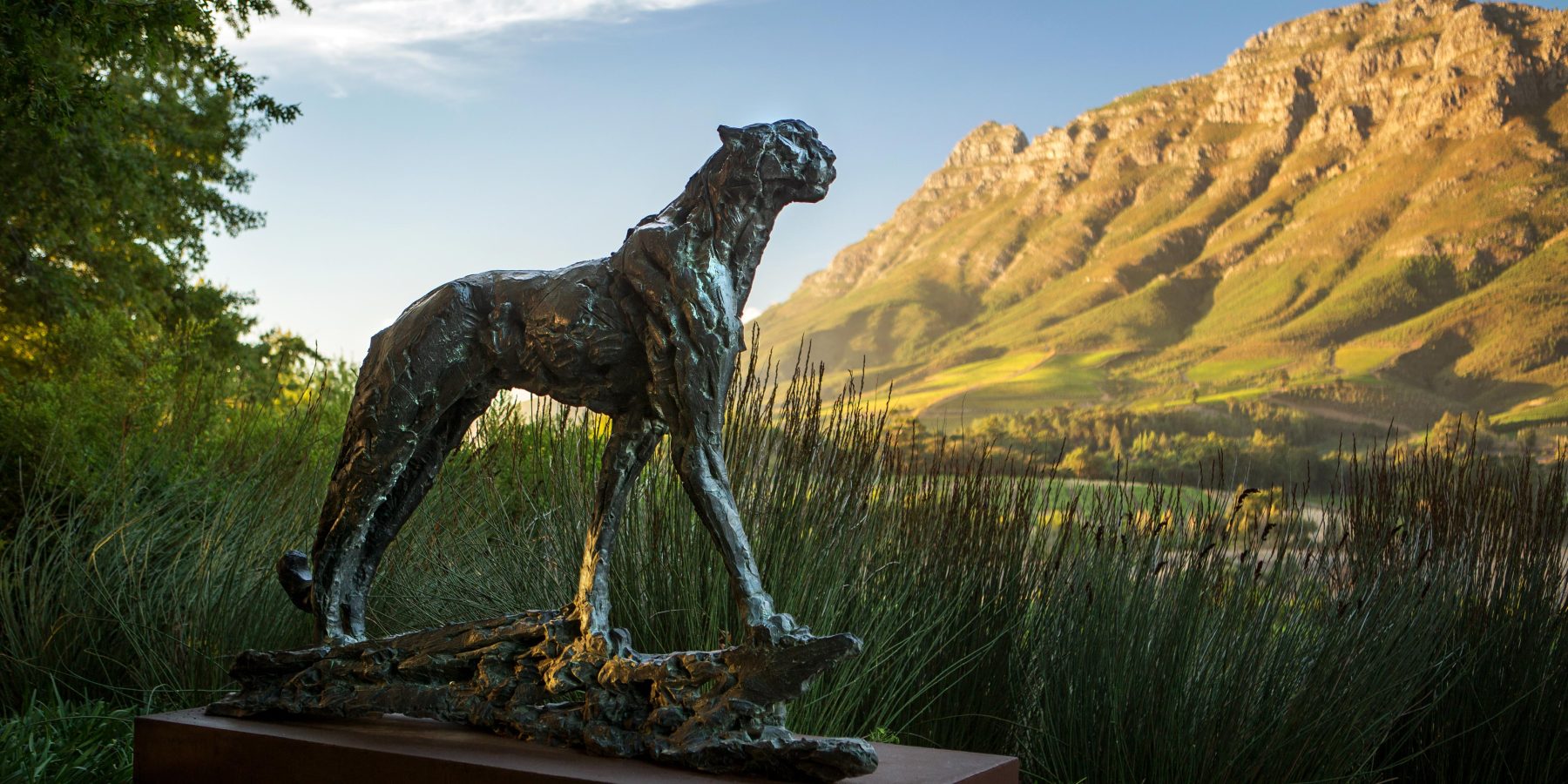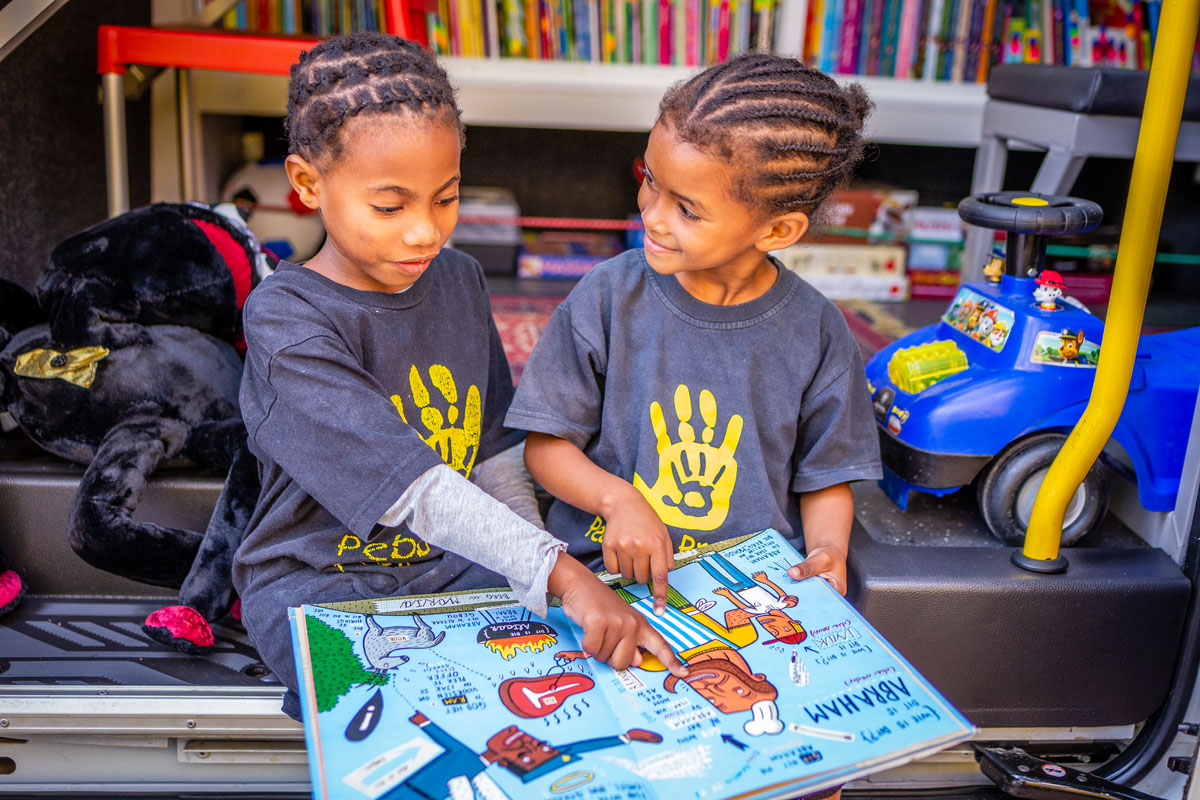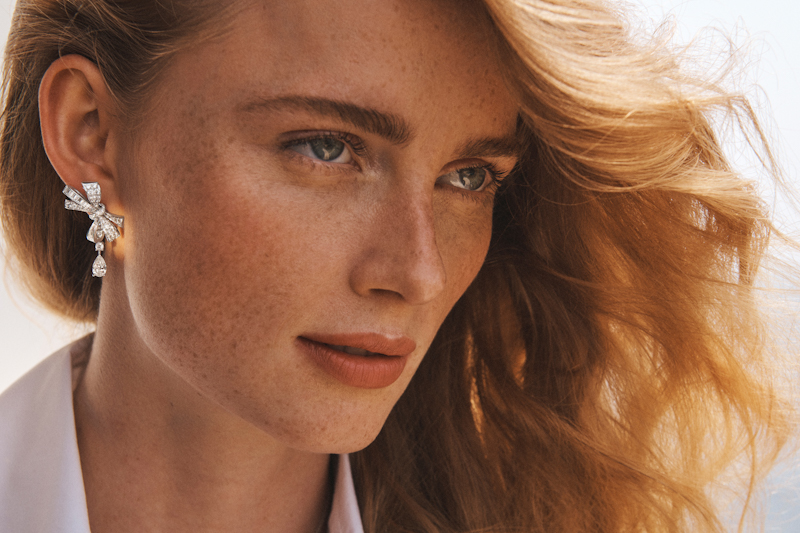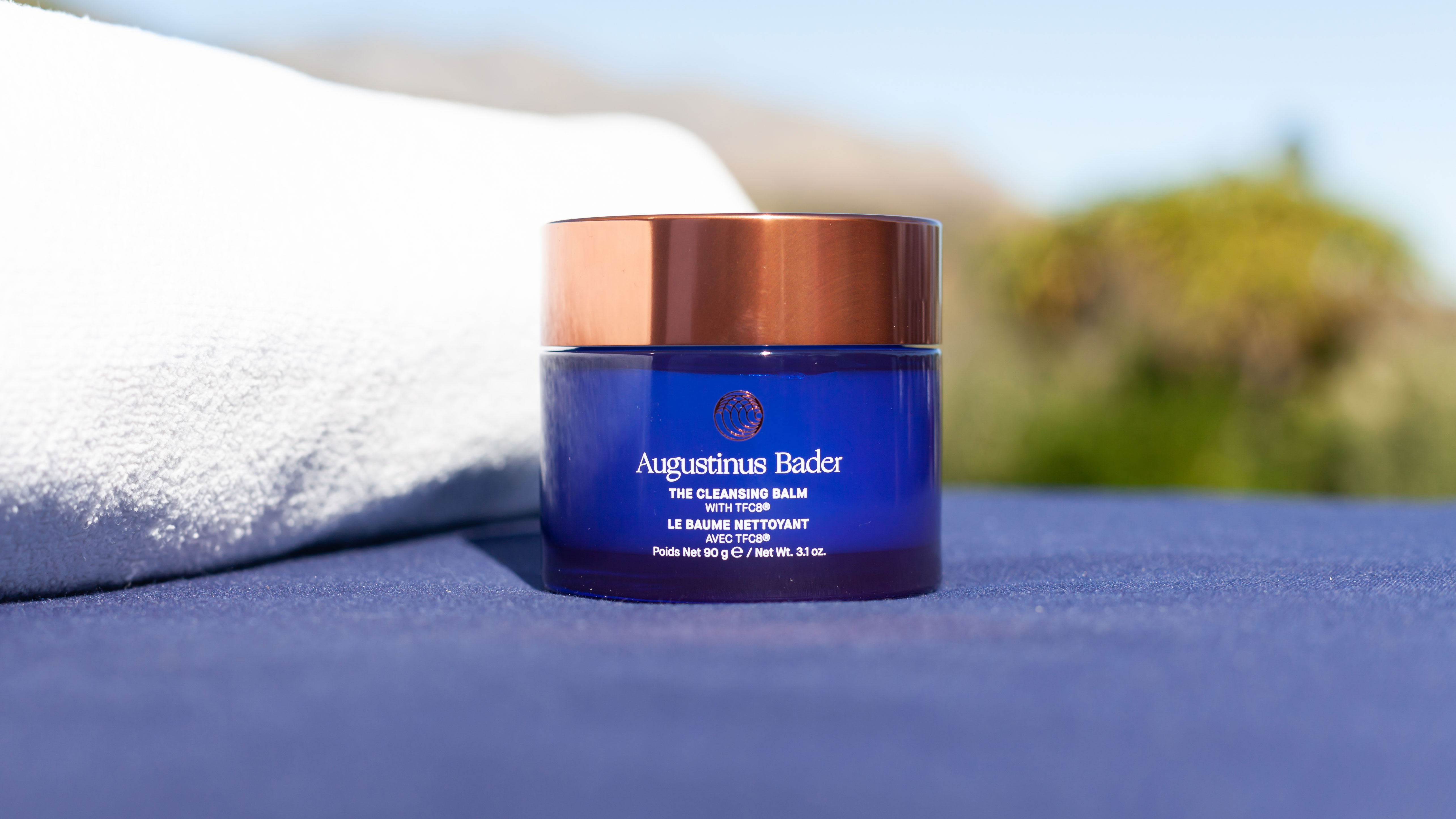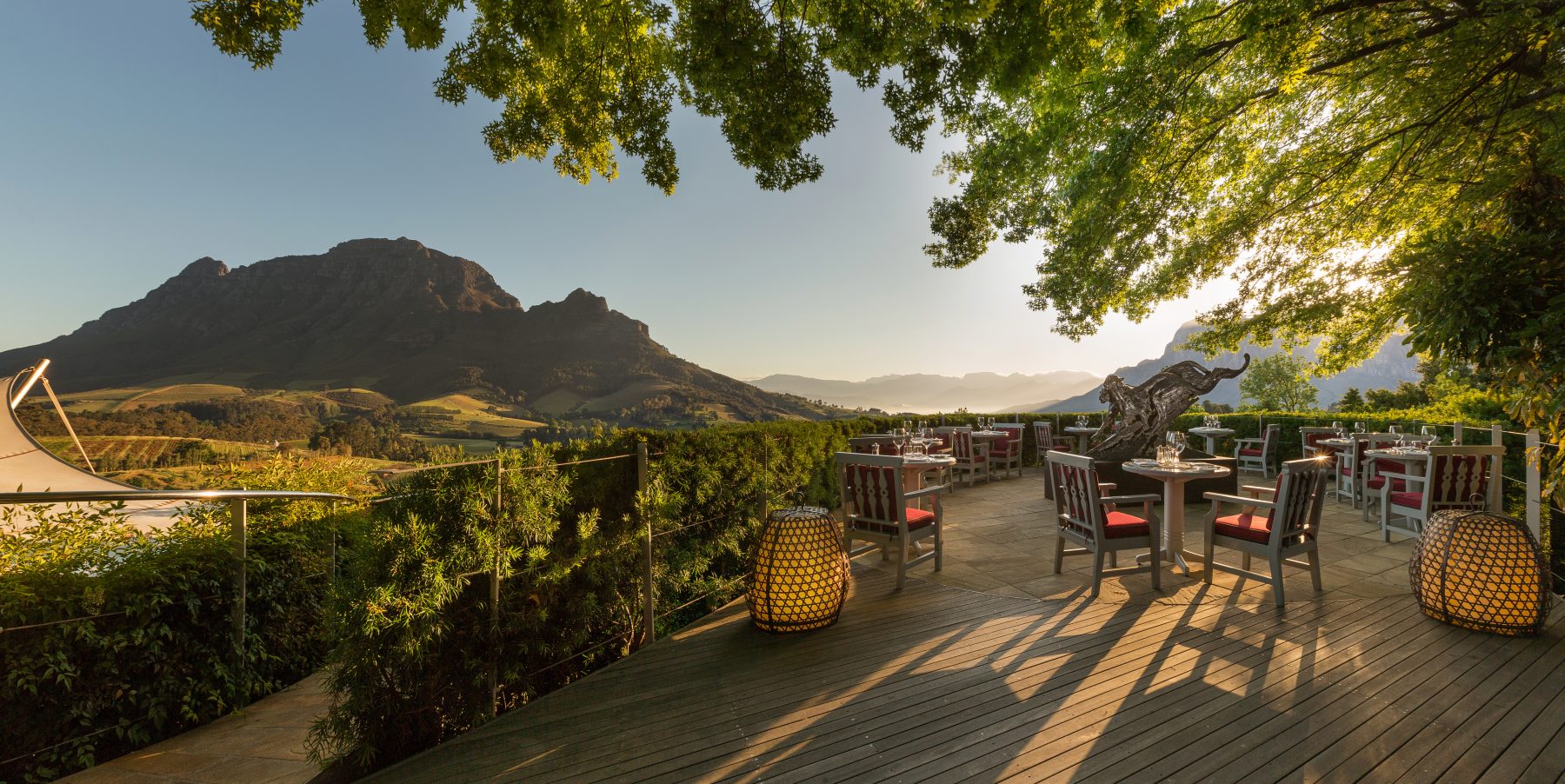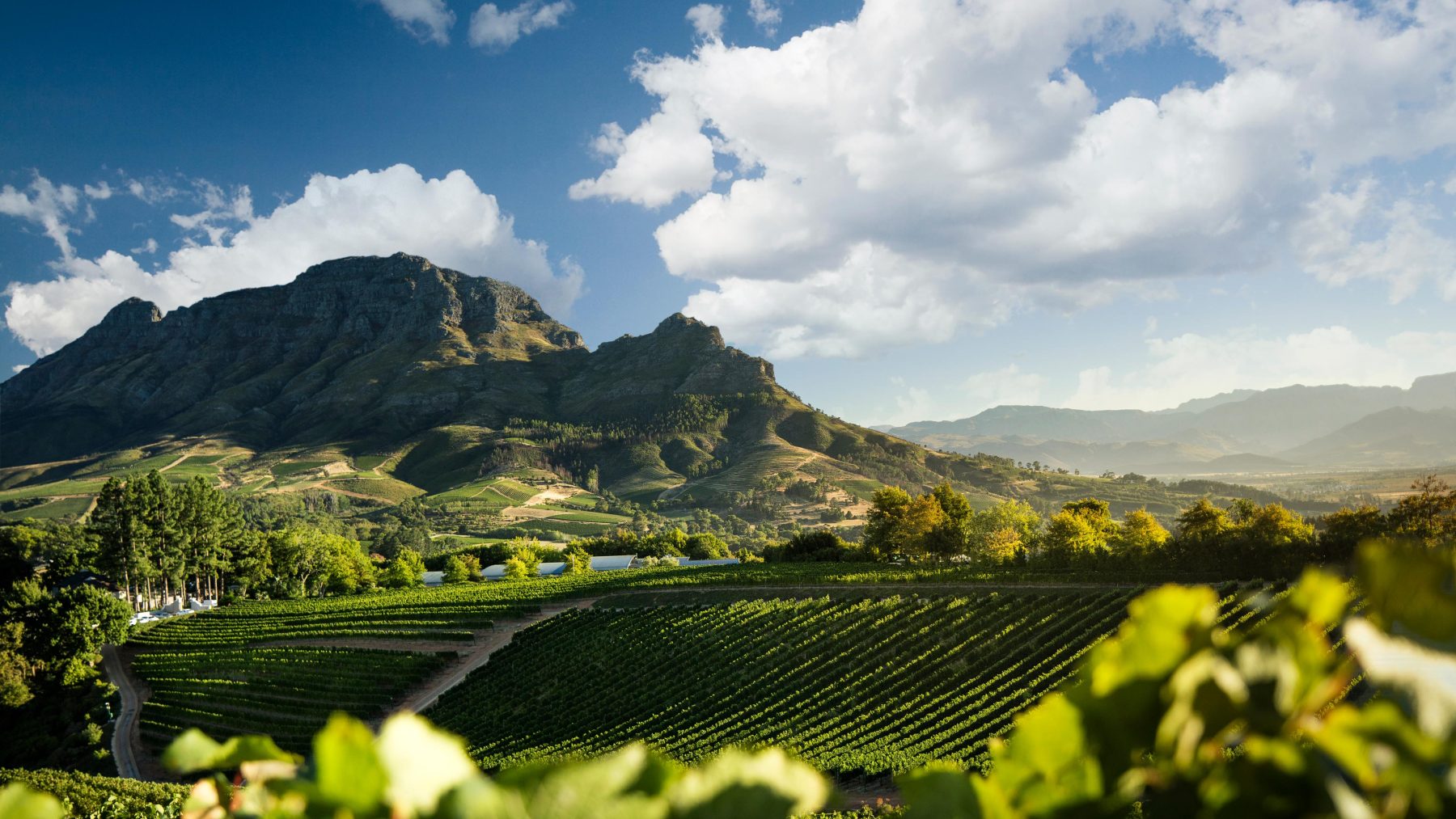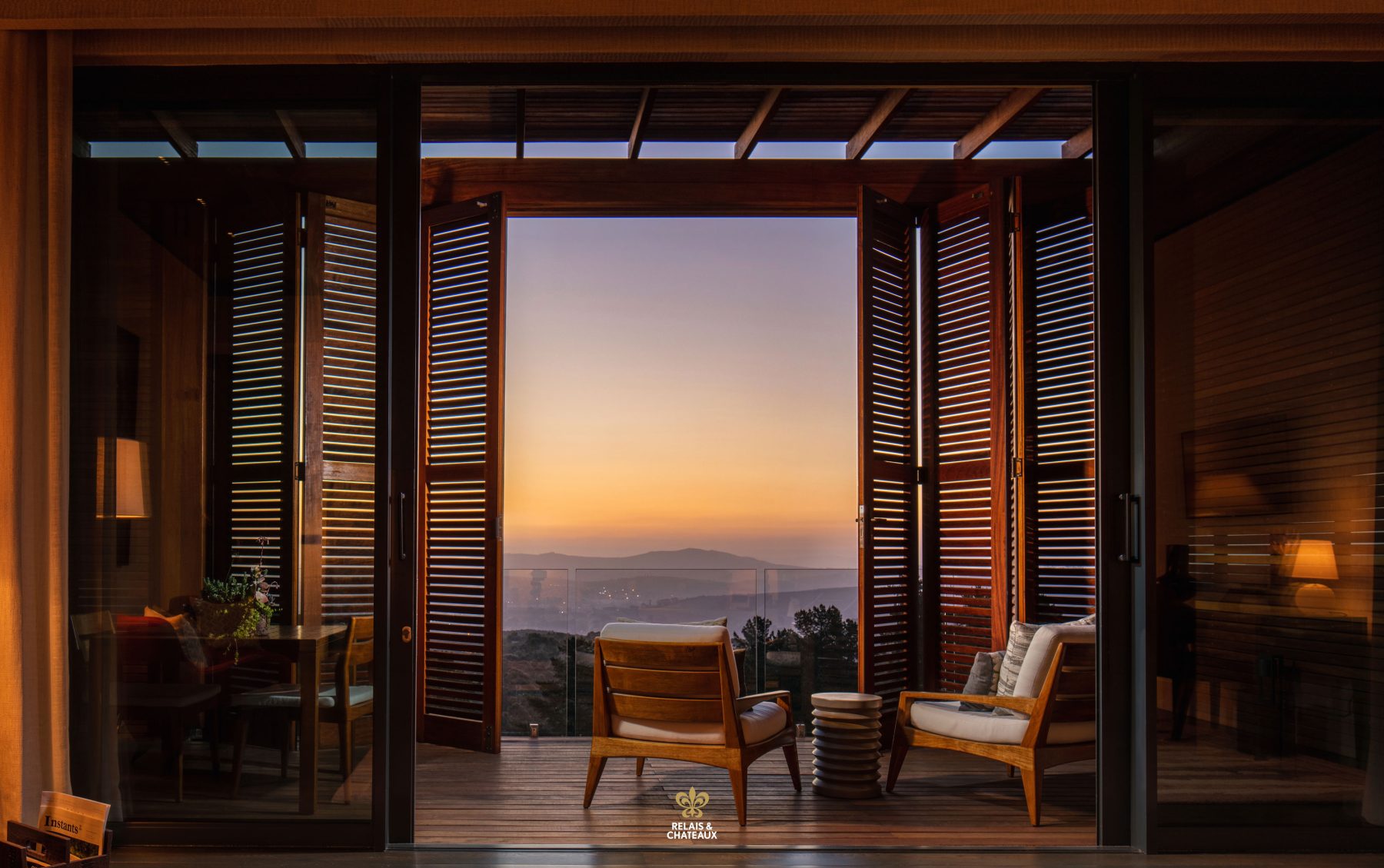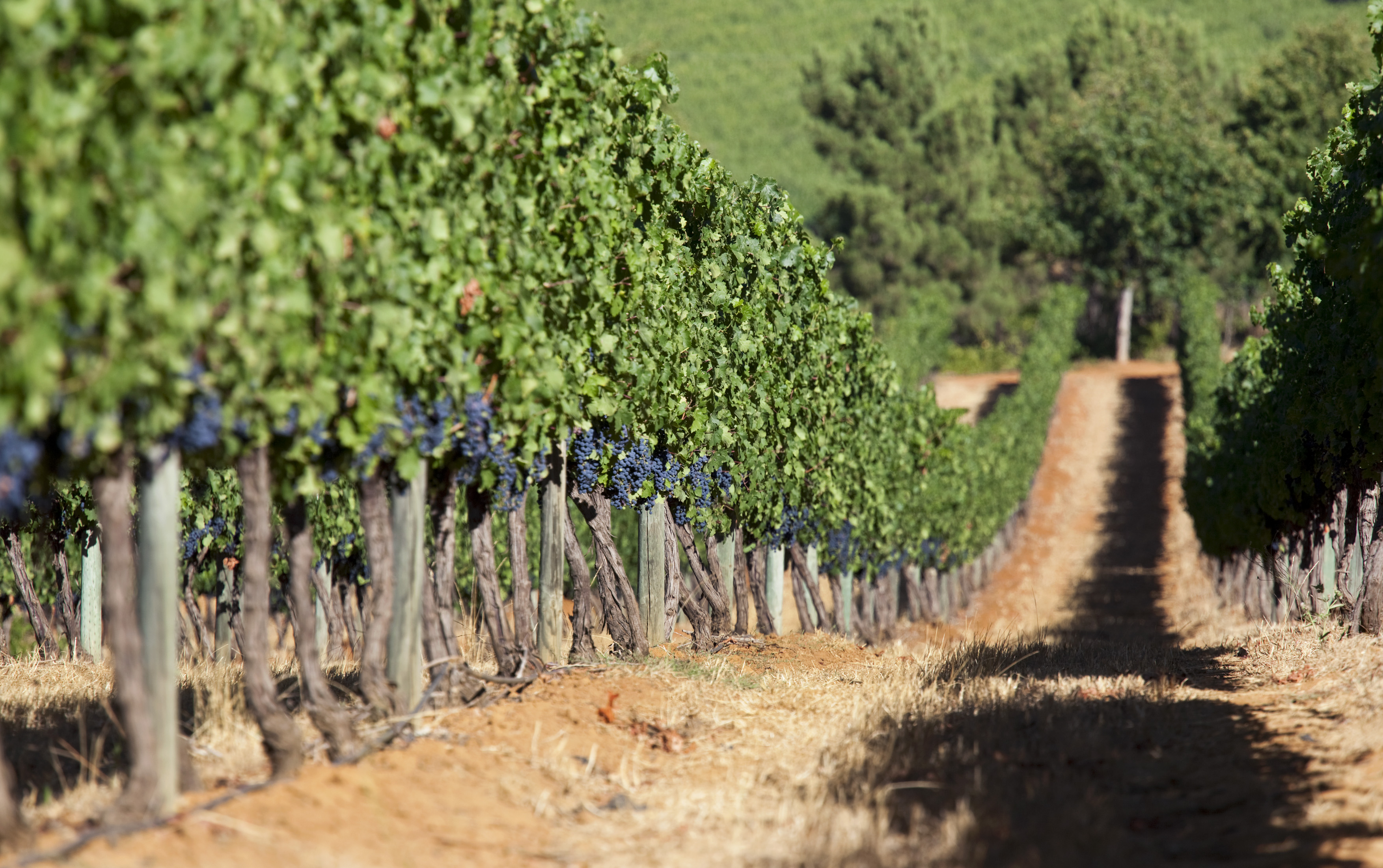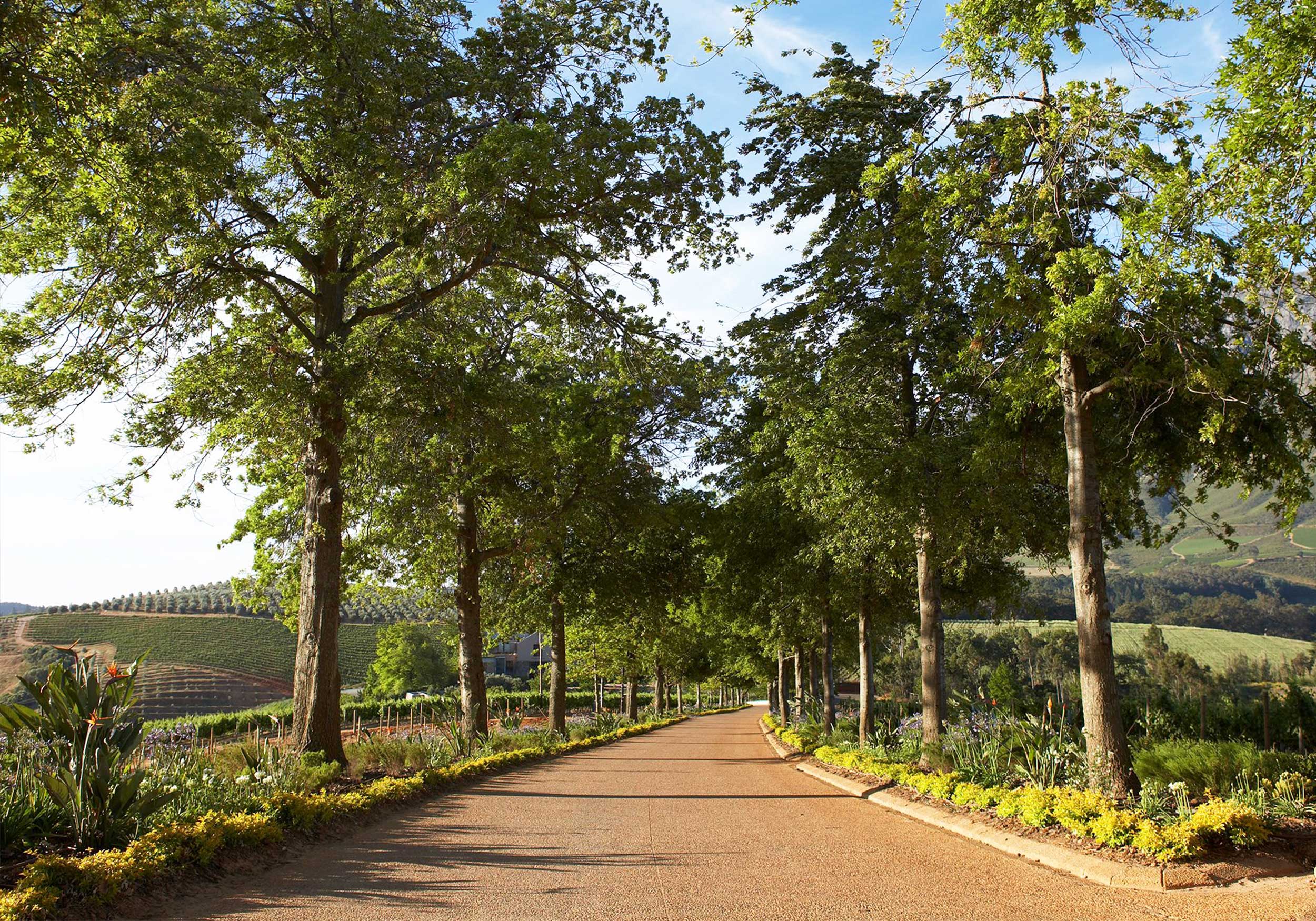All three artists are known for their use of human figures as a means to express subversive ideas and to satirise traditional power institutions. Six Characters is a collage of the distinctive styles of each artist, capturing the focus of each at the time. It was created as part of a series of exhibitions held at the Goodman Gallery located in Cape Town, beginning with Robert Hodgins. He initiated the artwork with two figures on its periphery, indicative of his infatuation with audiences and their reactions. After his exhibition finished, the work remained, making way for Deborah Bell, who added her sculpturally-inspired goddess on a horse to the canvas. Kentridge then stepped in, using push-pins to create a shadowy effect from pieces of dark paper.
However, the piece was not yet complete. The final touches speak of the capricious relationship between the three. Bell sketched into the background a nose on horseback – a reference to a series of works created by Kentridge when producing Shostakovich’s opera, The Nose, in New York. It recounts an absurdist tale by Nikolai Gogol about an official whose nose leaves his face and takes his job, and his horse.
